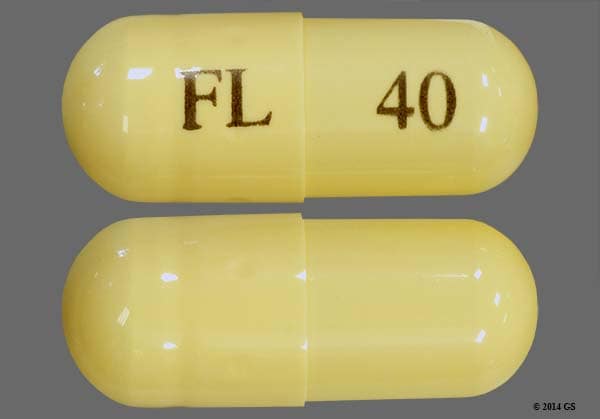Levomilnacipran | Fetzima
FETZIMA is a serotonin and norepinephrine reuptake inhibitor (SNRI) indicated for the treatment of Major Depressive Disorder (MDD) (1).
Limitation of Use: FETZIMA is not approved for the management of fibromyalgia. The efficacy and safety of FETZIMA for the management of fibromyalgia have not been established (1).
- Recommended dose: 40 mg to 120 mg once daily with or without food (2.1).
- Initiate dose at 20 mg once daily for 2 days and then increase to 40 mg once daily (2.1).
- Based on efficacy and tolerability, increase dose in increments of 40 mg at intervals of 2 or more days (2.1).
- The maximum recommended dose is 120 mg once daily (2.1).
- Take capsules whole; do not open, chew or crush (2.1)
- Renal Impairment: Do not exceed 80 mg once daily for moderate impairment. Do not exceed 40 mg once daily for severe renal impairment (2.3).
- Discontinuation: Reduce dose gradually whenever possible (2.4)
Dosage Forms and Strengths:
- Extended-release capsules: 20 mg, 40 mg, 80 mg and 120 mg (3).

—–INDICATIONS AND USAGE—–
- See description above.
—–DOSAGE AND ADMINISTRATION—–
- See description above.
—–CONTRAINDICATIONS—–
- • Hypersensitivity to levomilnacipran, milnacipran HCl, or any excipient in the FETZIMA formulation (4).
- Serotonin Syndrome and MAOIs: Do not use MAOIs intended to treat psychiatric disorders with FETZIMA or within 7 days of stopping treatment with FETZIMA. Do not use FETZIMA within 14 days of stopping an MAOI intended to treat psychiatric disorders. In addition, do not start FETZIMA in a patient who is being treated with linezolid or intravenous methylene blue (4)
—–WARNINGS & PRECAUTIONS—–
- Suicidal Thoughts and Behaviors in Children, Adolescents, and Young Adults: Monitor patients for clinical worsening and suicidal thinking or behavior (5.1).
- Serotonin Syndrome: Serotonin syndrome has been reported with SSRIs and SNRIs, both when taken alone, but especially when co-administered with other serotonergic agents (including triptans, tricyclics, fentanyl, lithium, tramadol, tryptophan, buspirone, amphetamines, and St. John’s Wort). If such symptoms occur, discontinue FETZIMA and initiate supportive treatment. If concomitant use of FETZIMA with other serotonergic drugs is clinically warranted, patients should be made aware of a potential increased risk for serotonin syndrome, particularly during treatment initiation and dose increases (5.2).
- Elevated Blood Pressure and Heart Rate: Measure heart rate and blood pressure prior to initiating treatment and periodically throughout treatment. Control pre-existing hypertension before initiating therapy with FETZIMA (5.3, 5.4).
- Abnormal Bleeding: Treatment can increase the risk of bleeding. Caution patients about the risk of bleeding associated with the use of NSAIDs, aspirin, or other drugs that affect coagulation (5.5).
—–WARNINGS & PRECAUTIONS—–
- Angle Closure Glaucoma: Angle closure glaucoma has occurred in patients with untreated anatomically narrow angles treated with antidepressants (5.6).
- Urinary Hesitation or Retention: Can occur. If such symptoms occur, discontinue FETZIMA or consider other appropriate medical intervention (5.7).
- Activation of Mania/Hypomania: Screen patients for bipolar disorder, Caution patients about risk of activation of mania/hypomania (5.8).
- Seizures: Can occur. Use with caution in patients with a seizure disorder (5.9).
- Discontinuation Syndrome: Taper dose when possible and monitor for discontinuation symptoms (5.10).
- Hyponatremia: Can occur in association with SIADH (5.11).
—–ADVERSE REACTIONS—–
- The most common adverse reactions (incidence ≥ 5% and at least twice the rate of placebo) are: nausea, constipation, hyperhidrosis, heart rate increase, erectile dysfunction, tachycardia, vomiting, and palpitations (6.1).
—–DRUG INTERACTIONS—–
- Strong CYP3A4 inhibitors such as ketoconazole: Do not exceed 80 mg once daily (7).
—–USE IN SPECIFIC POPULATIONS—–
- Pregnancy: Based on animal data, may cause fetal harm (8.1).

